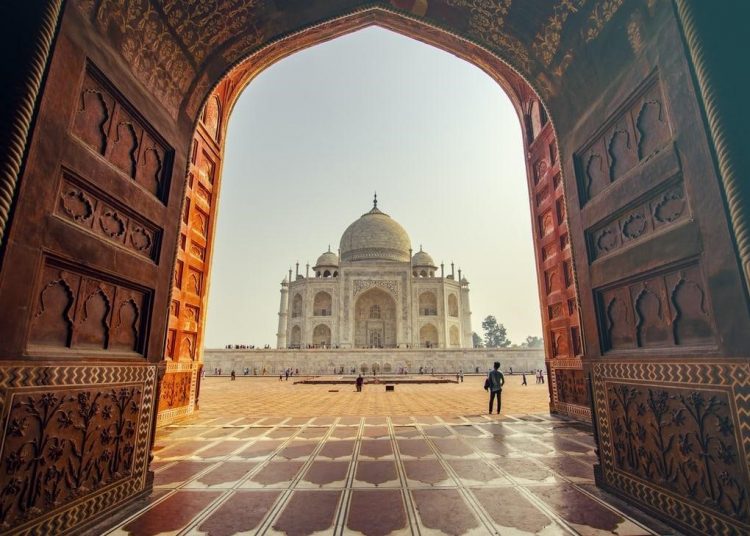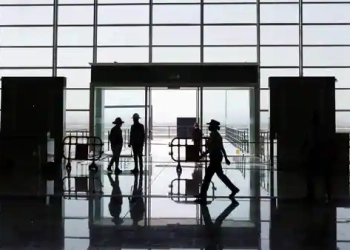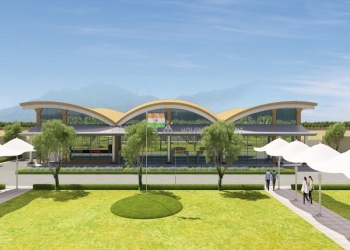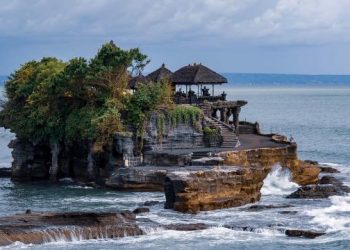Like every winter, smog has covered North India and also the historic sites. There is a concern about pollution over the historic sites. India has seen one of the worst smog this season in the northern areas with concentrations of PM2.5 particles which reached 160 micrograms per cubic meter last Monday. In northwestern India, NASA‘s Earth Observatory caught fire and smoke as extra paddy straw is burnt after the rice harvest.
Historic sites like the Taj Mahal are getting affected by this smog as the tourists are not able to appreciate the beauty of the site. It was shut down after the pandemic was announced and just recently reopened for the tourists. Stringent protocols and sanitary measures are followed after its reopening. Universities Space Research Association (USRA) at NASA’s Marshall Space Flight Center scientist Pawan Gupta stated that 22 million people were affected by the smog that day by looking at the population density and the size of the plum. Whereas the government in Delhi has installed an anti-smog tower which has a goal to mitigate air pollution during every winter season. The historic sites lose their charm when they are covered by smog which is why tourists tend to visit less during the winter season.
AIIMS and IIT Delhi join forces to address a long-standing issue
The concern of smoke and air pollution in the northern parts of India has been an existing crisis which the governments have been striving to solve. The air pollution also affects the Taj Mahal as it has started turning yellow. The deposition of carbon and dust particles is the reason why the Taj Mahal is no longer white. The historic sites may be gradually eroding away due to the pollution. The Lotus Temple is slowly withering away as it is turning grey in color. Even the Golden Temple is slowly losing its shine due to discoloration.























